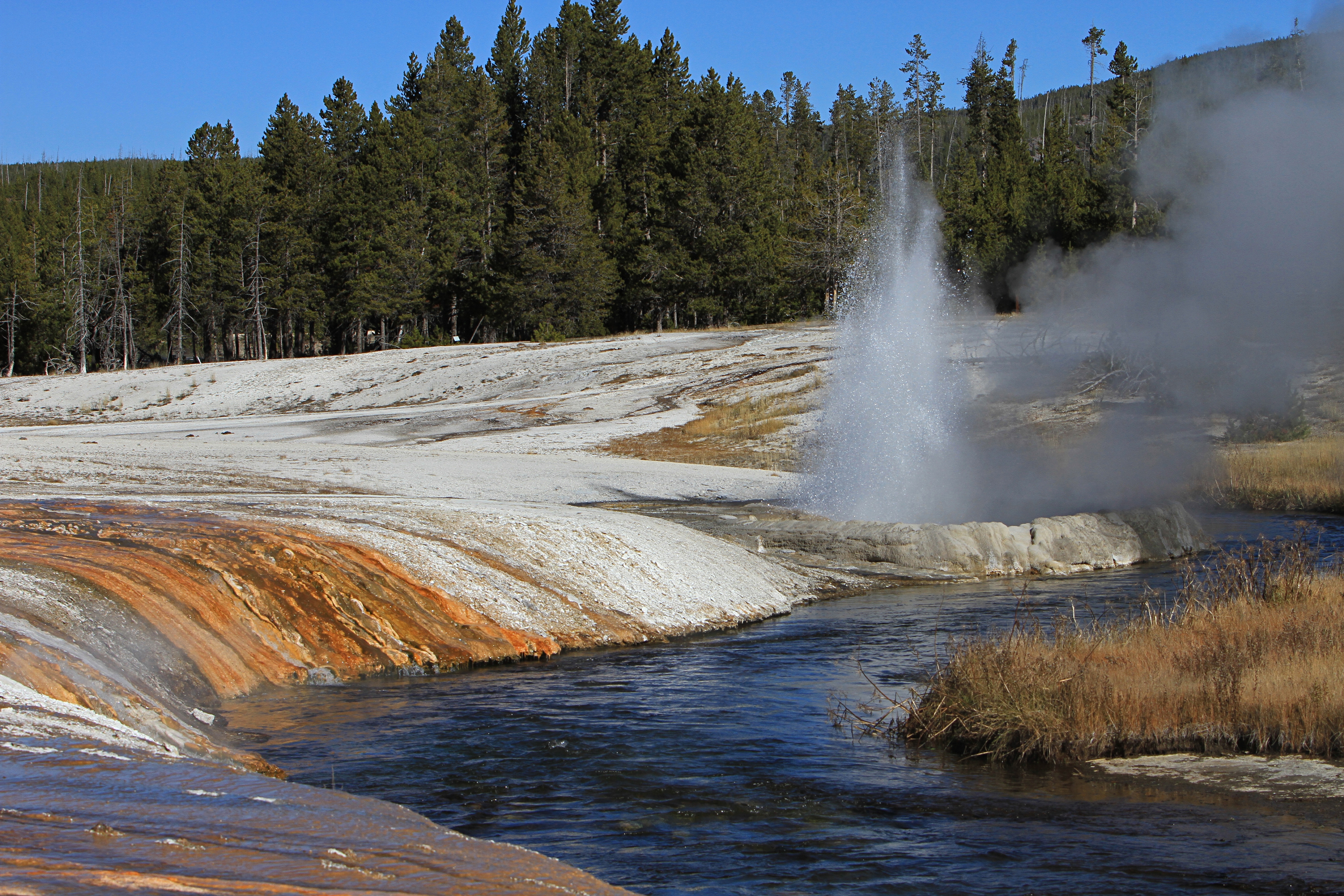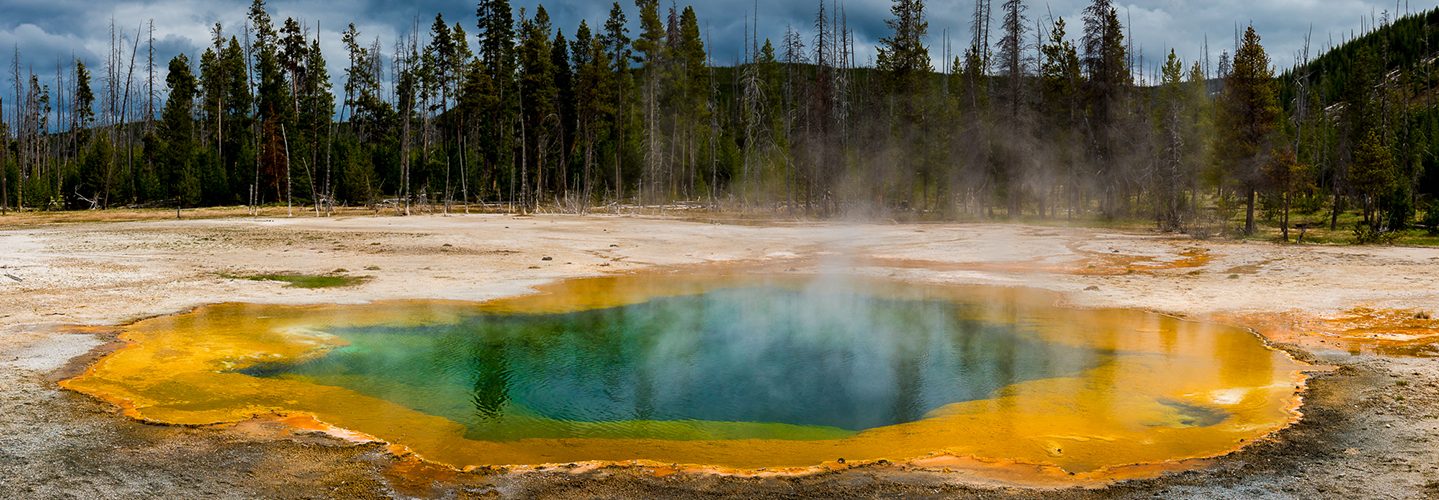Trying to predict when a geyser will erupt is, in most cases, an effort that’s doomed to failure. If you’ve ever stood in a park staring at a hole in the ground for minutes on end, then hours, you know this well. For a small number of geysers, however, there’s a kind of regularity. You might not be able to set your watch to it, but you can at least be reasonably confident in seeing a geyser at work. As befits its name, Old Faithful in Yellowstone National Park is one of these rare geysers.
A new report from Earther brings with it some alarming news about Old Faithful, however — it might be added to the list of things climate change has ruined before too long. The article, by Dharna Noor, points to a new study that suggests that, many centuries ago, a massive drought prompted the geyser to temporarily stop erupting.
Could climate change create similar drought conditions? It seems all too likely.
The study mentioned in Earther’s article involves the analysis of petrified wood found around Old Faithful — which suggests that trees grew there at some point. Geysers are not exactly the ideal habitat for trees to grow — which suggests that Old Faithful was effectively paused during a period of time.
The trees in question grew between 1233 and 1362, which coincides with the Medieval Warm Period, a time of — as the name suggests — warmer climates globally. If that sounds familiar, it’s not hard to see why — and it suggests why these findings might herald a worrying future for one of the nation’s most well-known natural features.
Subscribe here for our free daily newsletter.
Thanks for reading InsideHook. Sign up for our daily newsletter and be in the know.
















